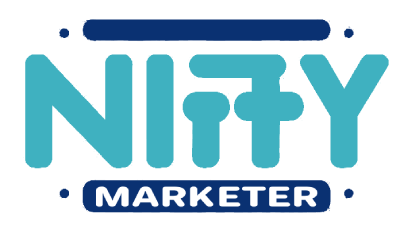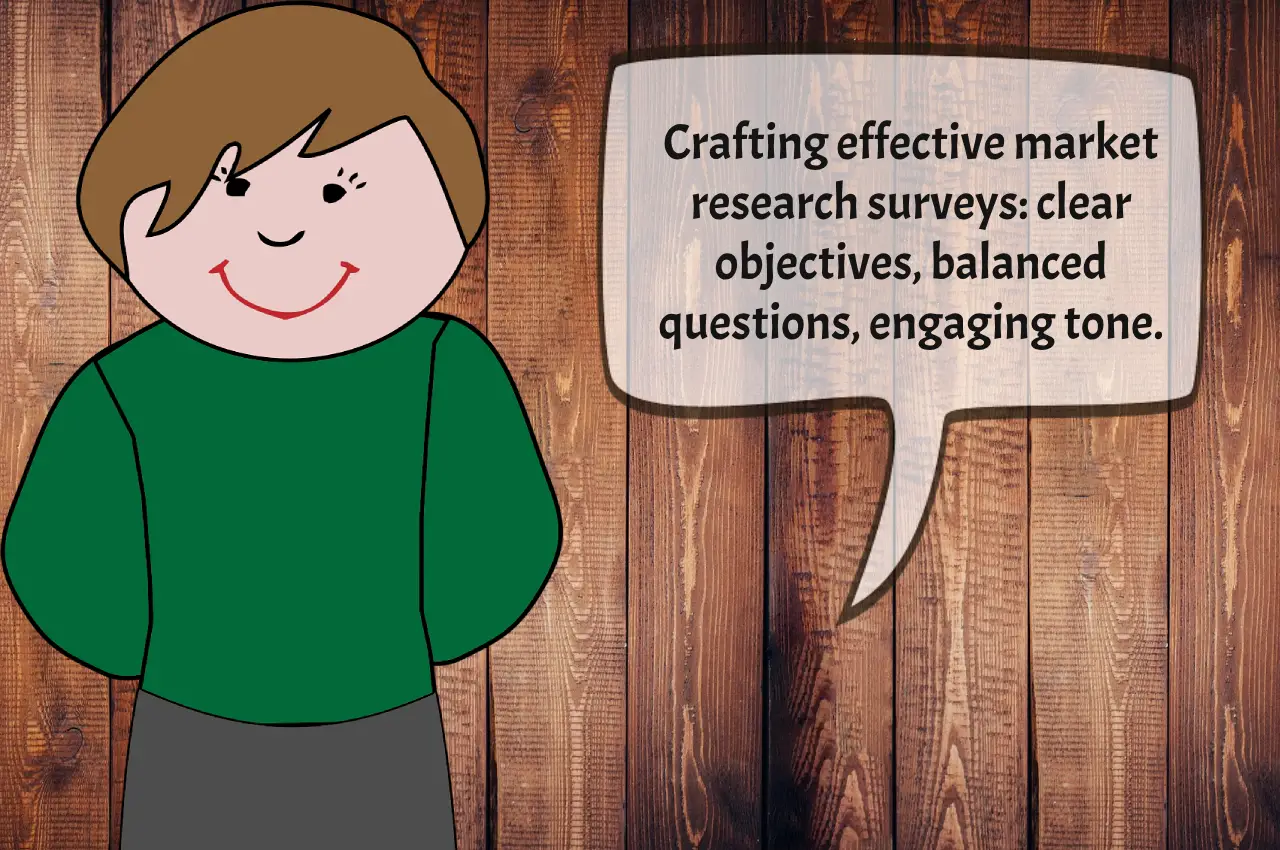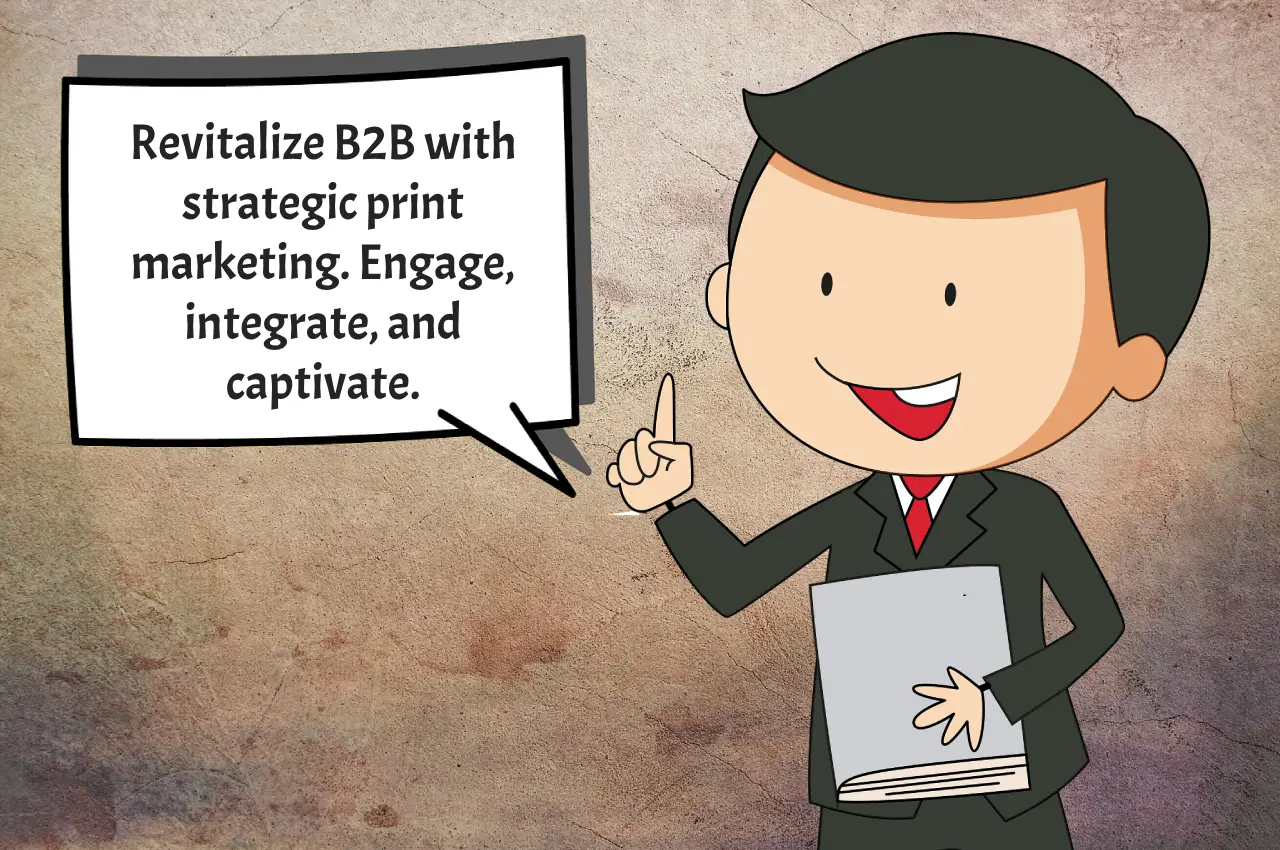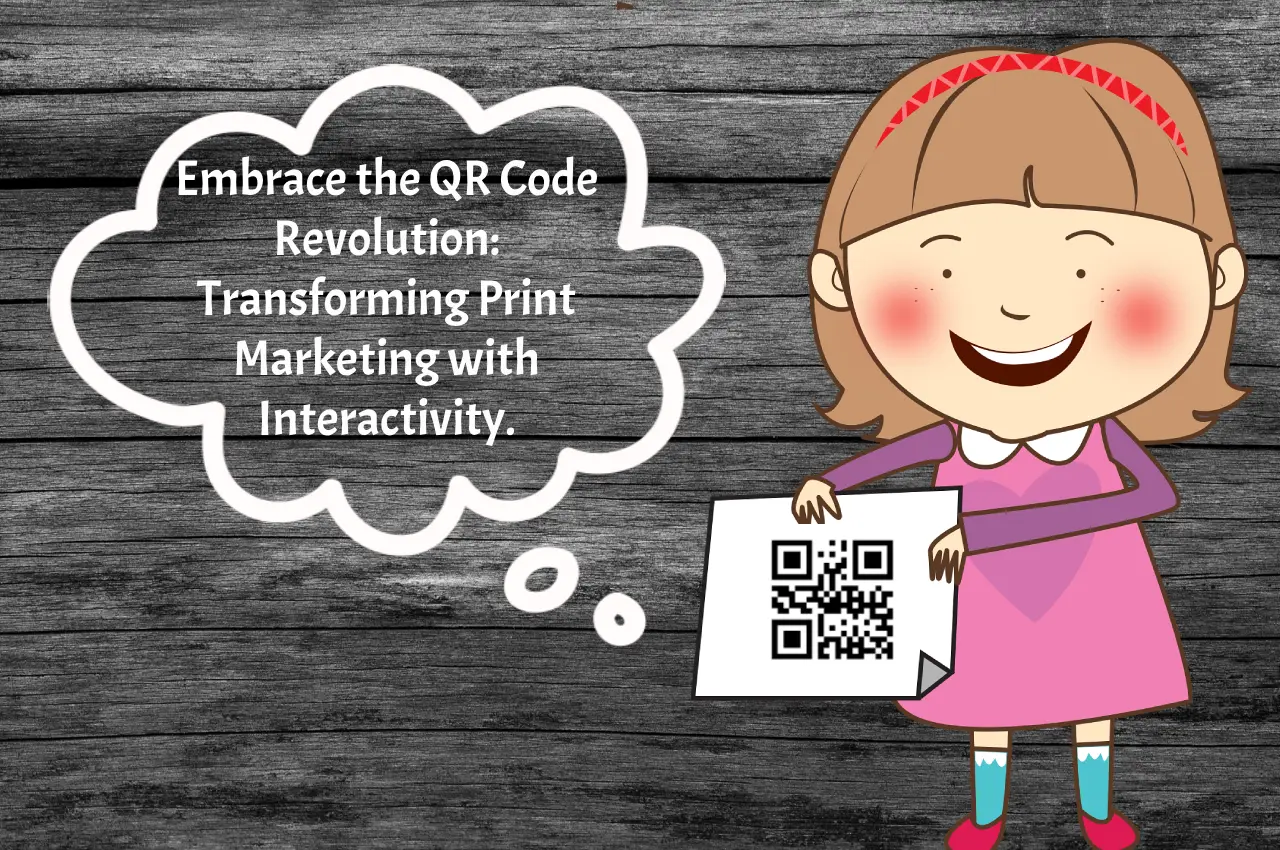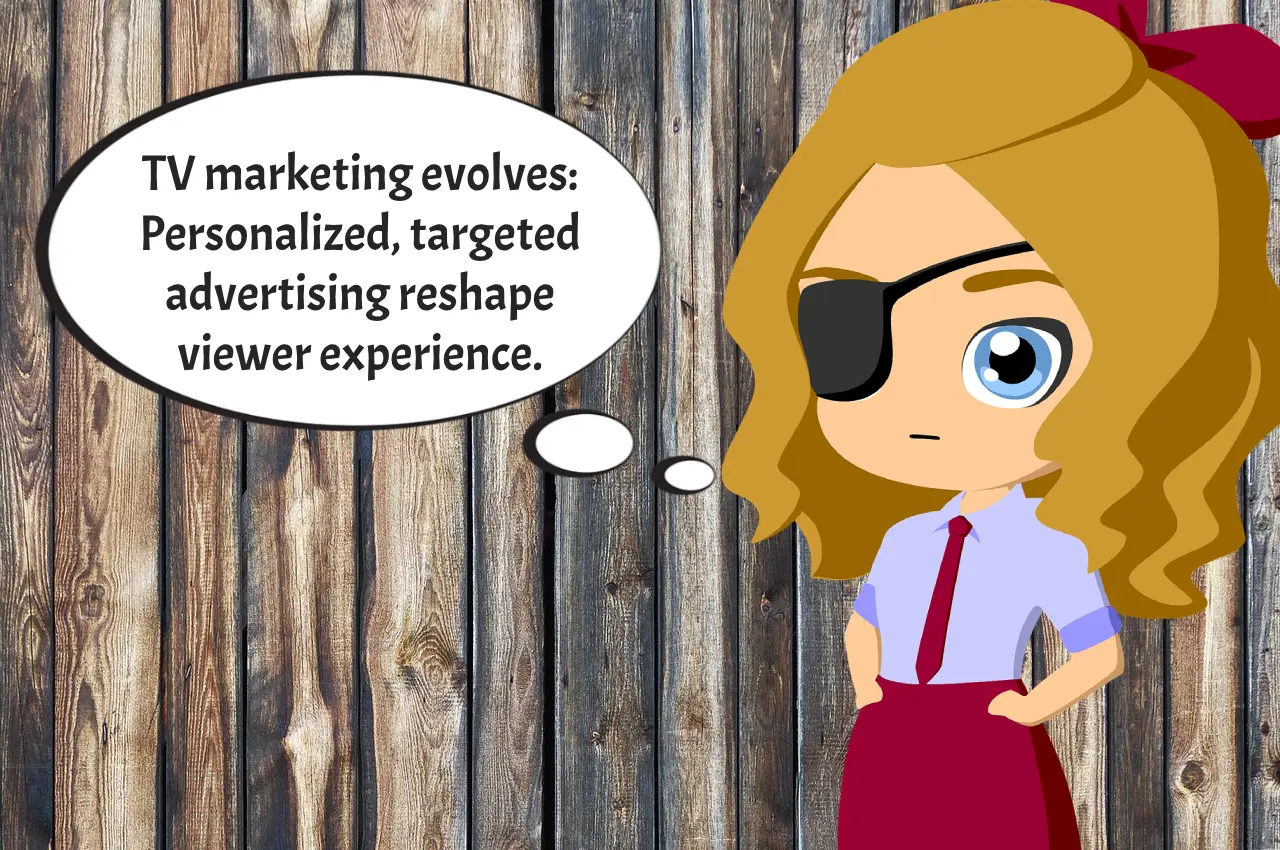In the fast-paced world of market research, crafting an effective questionnaire is an art. It’s about striking the right balance between what you need to know and what your audience is willing to share. This blog post delves into the nuances of creating research questionnaires that not only engage respondents but also provide actionable insights.
Understanding Your Objective
Before you jot down your first question, be clear about your goal. Are you exploring a new market segment? Testing a product concept? Each objective demands a unique approach. For instance, when I worked on a project for a new beverage, our goal was to understand flavor preferences. We tailored our questions to uncover not just likes and dislikes but the reasons behind them.
Question Design: Clarity is Key
Your questions should be as clear as the morning sun. Avoid ambiguity like the plague. Simple, direct questions yield the most reliable data. I once saw a survey asking, “How often do you consume nutritional snacks?” This was confusing. What defines a ‘nutritional snack’? A more effective question would be, “How often do you eat fruits as snacks?”
Balancing Open-ended and Closed Questions
Mixing open-ended and closed questions is like adding both salt and sugar to a recipe – it just works. Closed questions give you straightforward data. Open-ended questions offer deeper insights. Remember the beverage project? We asked, “What flavors do you prefer?” followed by, “Why do you prefer these flavors?” The combination was powerful.
Keeping It Short and Engaging
Long surveys can bore your audience. Keep it short. Aim for 10-15 minutes completion time. Engage your respondents with a conversational tone. Use words they understand. Avoid technical jargon. This makes the questionnaire feel less like an interrogation and more like a chat.
Sequencing: Flow Matters
The order of your questions can influence responses. Start with easy, engaging questions. This warms up your respondents. Save personal or sensitive questions for later. If you start with “How much do you earn?” you might scare people away.
Testing Your Research Questionnaires
Never underestimate the power of a pilot test. It’s like a dress rehearsal for your survey. It helps you spot confusing questions and technical glitches. I once tested a survey on a small group and found that several questions were misinterpreted. This saved us from gathering skewed data.
Ensuring Anonymity and Building Trust
People are more honest when they know their responses are anonymous. Assure your respondents of this. Build trust by explaining how their data will be used. This increases the response rate and the quality of the data.
Leveraging Technology
Use online survey tools to your advantage. They offer features like question logic, which tailors the questionnaire based on previous answers. This can make your survey more relevant to each respondent.
Analyzing the Data
After collecting responses, the real work begins. Look for patterns and insights. Don’t just focus on the obvious. Sometimes, the most valuable insights are hidden in open-ended responses. During our beverage study, a throwaway comment about packaging led to a major design overhaul.
Acting on Feedback
The ultimate goal of any questionnaire is to inform decision-making. Be ready to act on what you learn. If your market doesn’t like something, be prepared to make changes. This is how you stay ahead in the game.
The Power of Well-Crafted Research Questionnaires
A well-crafted questionnaire is a powerful tool in market research. It helps you understand your audience, test assumptions, and make informed decisions. By following these guidelines, you can create surveys that are not only effective but also enjoyable for respondents.
Have you created or responded to market research questionnaires recently? What made it stand out? Share your experiences in the comments. Let’s learn from each other and keep improving our questionnaire game!
